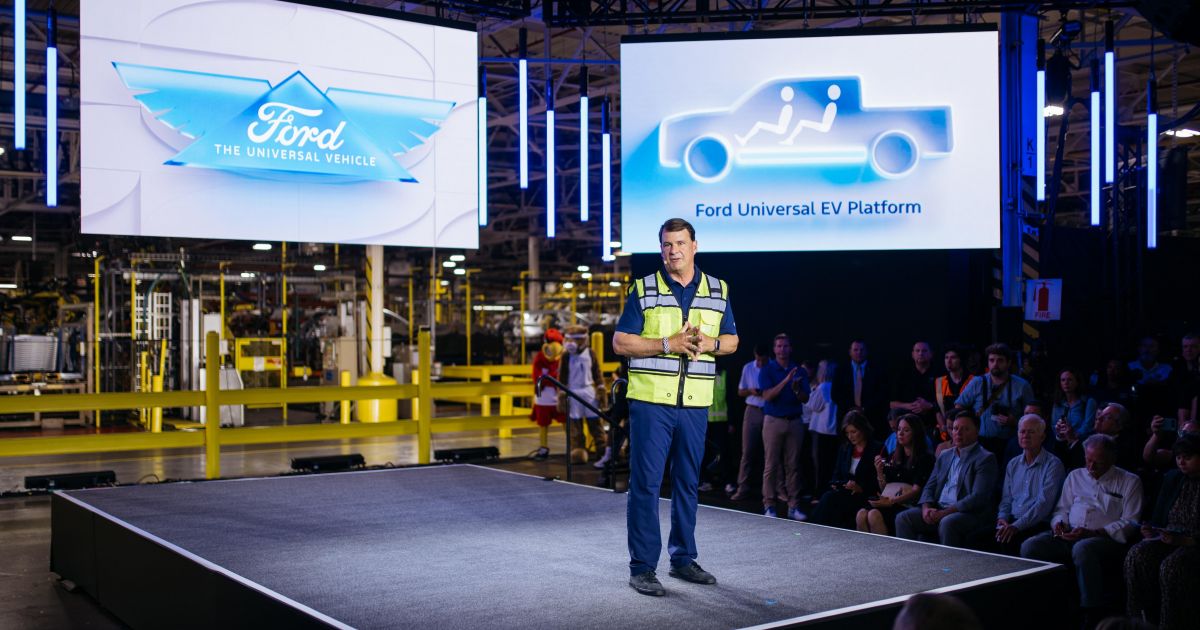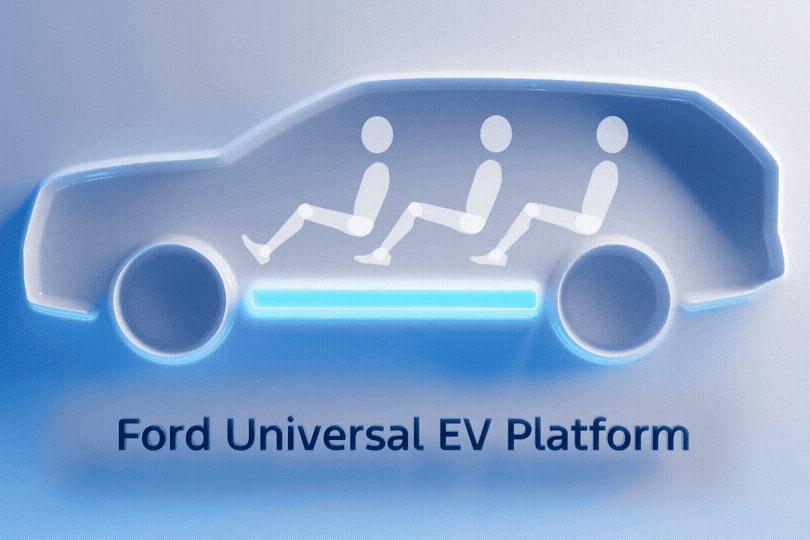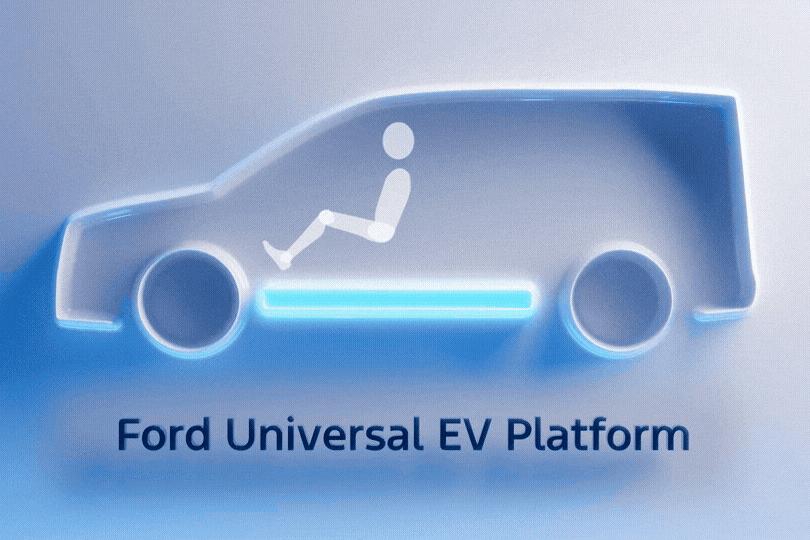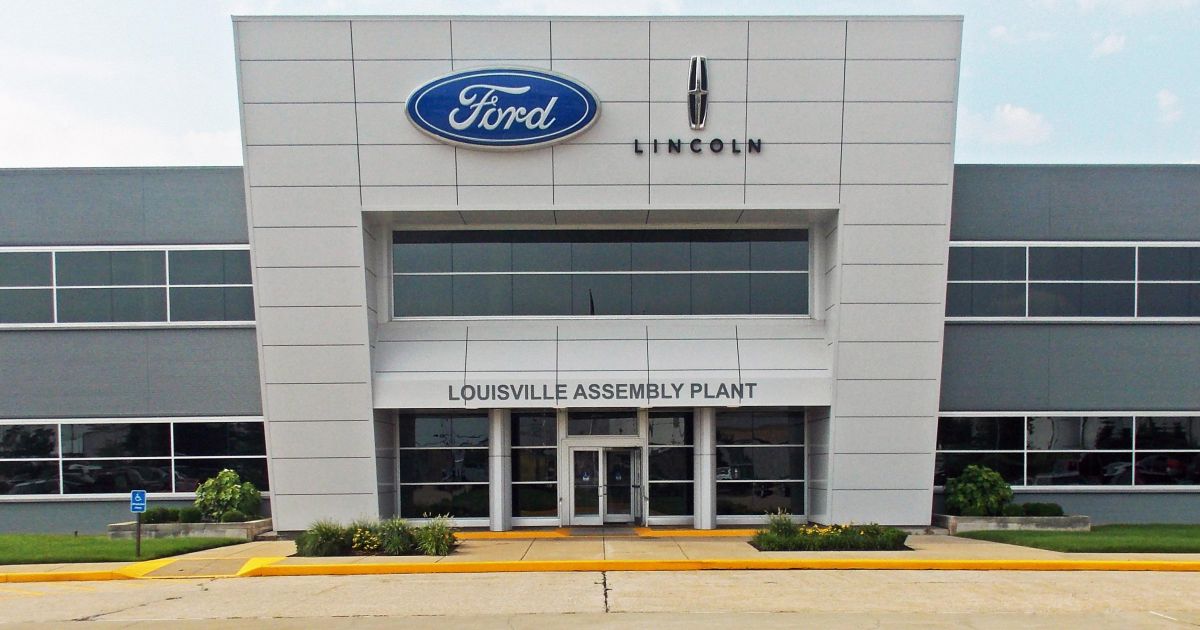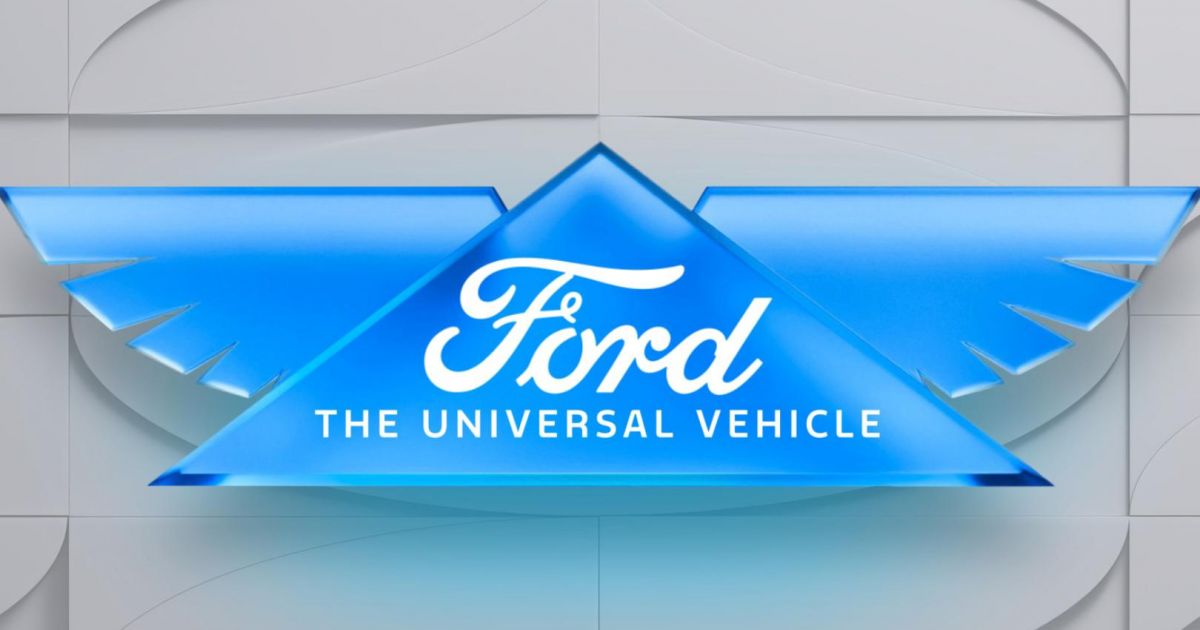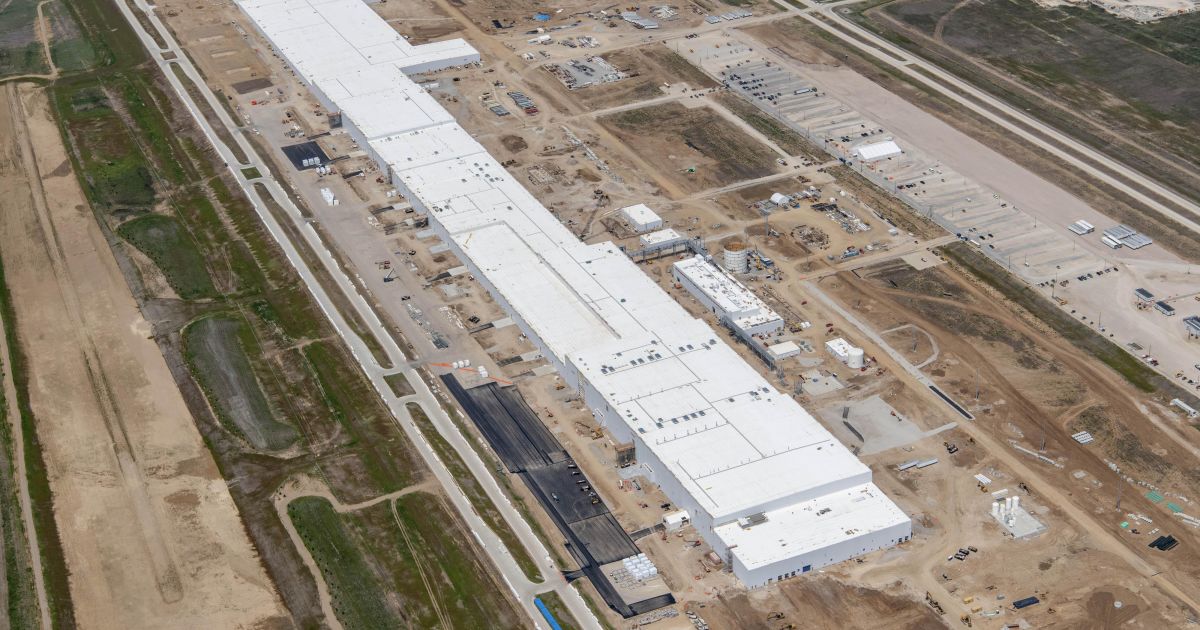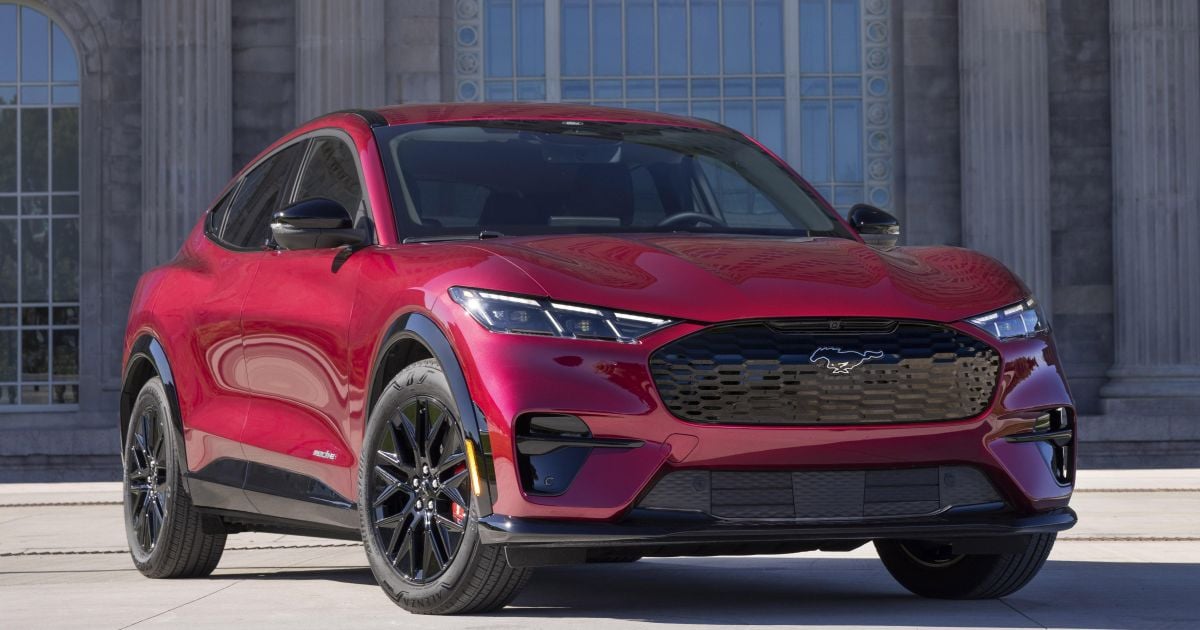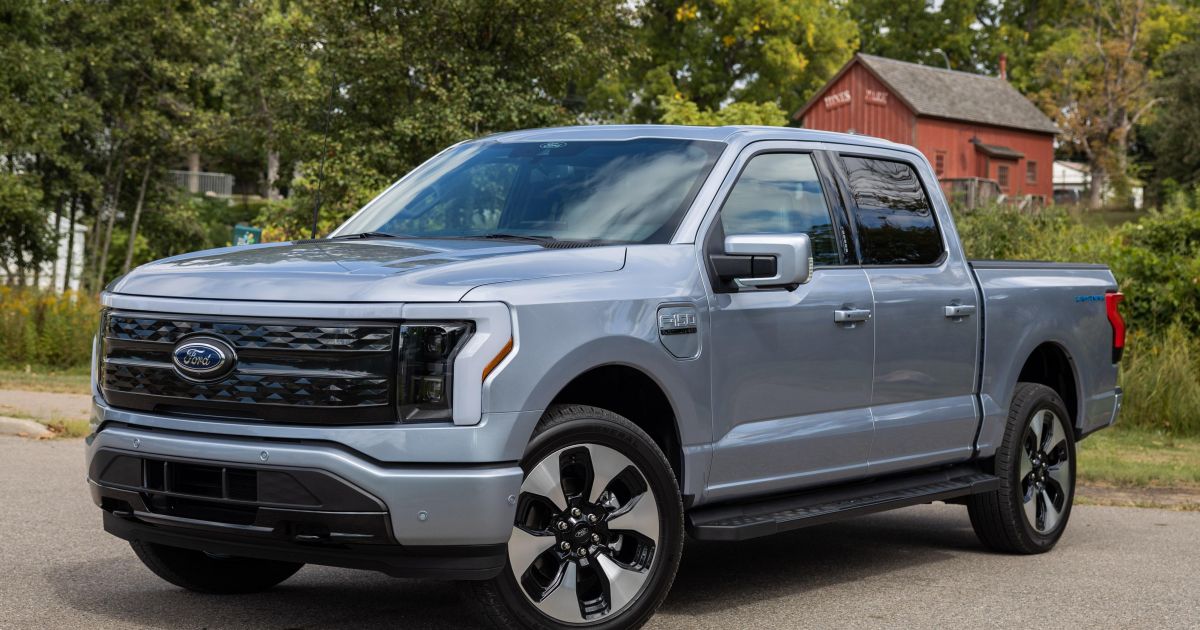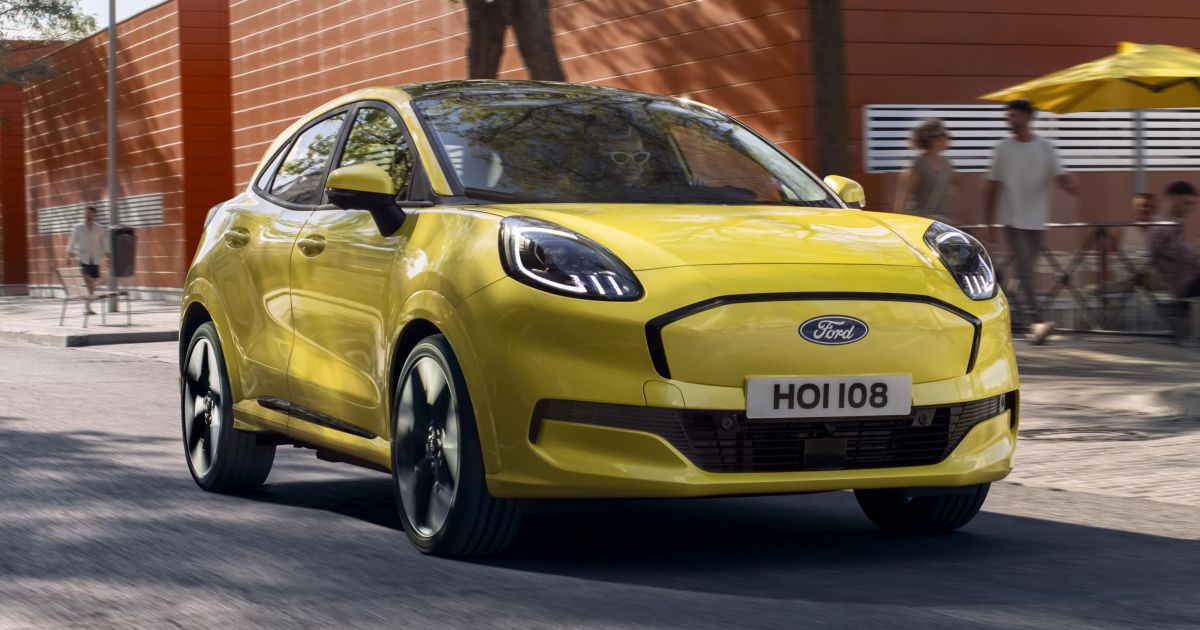Ford is making bold claims about its new electric vehicle (EV) platform, which will debut underneath an all-new dual-cab electric ute for global consumption, with the American automaker saying it’s “reinventing vehicle assembly” and that this is a “Model T moment”.
Much as Ford calls the Model T the “Universal Car”, its new platform is being called the Ford Universal EV Platform.
The first model to emerge on this platform will be a new “midsize” (so, Ford Ranger-size) electric pickup which will debut in 2027, and which will be built in the US for both that market and as-yet unspecified export markets.
Whether that will include Australia has yet to be confirmed.
“It’s too early to share specifics on export markets today,” said Ford Australia in a statement today.
Ford is targeting a base price of around US$30,000 (A$46,000) for the new ute in the US, which it says is “roughly the same as the Model T when adjusted for inflation”.
For context, the Escape starts in the US at US$29,515 (~A$45,000), while the related Maverick unibody dual-cab starts at US$28,145 (~A$43,000) and the body-on-frame Ranger at US$33,350 (~A$51,000).
CarExpert can save you thousands on a new car. Click here to get a great deal.
Ford hasn’t revealed what this ute will look like or what it will be called – though it recently trademarked the Ranchero name, which was previously seen on Ford pickups – but official images and statements confirm it will come in a dual-cab configuration with room for five adults.
“It will be as quick as a Mustang EcoBoost, and it will have more passenger volume than a 2025 Toyota RAV4 – along with a truck bed, smart cargo and frunk solutions,” said Ford president and CEO Jim Farley at the launch.
Specifically, Ford says it has a targeted 0-60mph (0-96km/h) acceleration time as fast as a Mustang EcoBoost, which does the sprint in a claimed 4.9 seconds, while featuring more downforce.
Ford says you’ll be able to lock your surfboards and other gear in the tub, with no roof rack or trailer hitch racks required.
Additional specifications, as well as its reveal date, base price, battery range and capacity and charge times, will be announced at a later date, but Ford promises it new electric ute will offer a long driving range, DC fast-charging and the ability to charge a home for six days.
Fords based on this platform will use lithium iron phosphate (LFP) prismatic battery-packs assembled in the US, which will serve as a structural sub-assembly and the vehicle’s floor to ensure a low centre of gravity, a quiet cabin, and a spacious interior.
The automaker has released a GIF that shows the various vehicle types set to use the new platform, which appears to include not only a dual-cab ute, but also a van, people mover, and both two- and three-row SUVs of different sizes.
Ford says the platform supports utes, cars and “everything in between”.
“Vehicles assembled on this platform will be affordable for the average family — but also highly efficient, customisable, and fun to drive,” said Mr Farley.
“And they won’t be stripped down to the bare essentials.
“Instead, these vehicles will be packed with innovative features and new software experiences that set them apart — and make people want to drive them.
“Better yet, they’ll improve over time with over-the-air updates that continue to add new capabilities where available.”
Vehicles on this platform will be produced at an overhauled plant in Louisville, Kentucky, but they were engineered by a startup-style “skunkworks” engineering team in California.
Along with the Ford Universal EV Platform comes what the Blue Oval is calling the Ford Universal EV Production System.
Ford says in the interests of efficiency it’s replacing its traditional assembly line into an “assembly tree”. Instead of one long conveyor, three sub-assemblies run down their own lines simultaneously before joining up.
Compared to a “typical vehicle”, Ford says the platform reduces parts by 20 per cent with 25 per cent fewer fasteners required.
In the new ute, the wiring harness will be 1.3km shorter and 10kg lighter than the one used in the Mustang Mach-E.
Ford will use large, single-piece aluminium unicastings to replace dozens of smaller parts, which it says enables the front and rear of the vehicle to assembled separately.
The front and rear of the vehicle will come down separate branches of the “assembly tree” and meet up with a third sub-assembly, the structural battery, which is independently assembled with seats, consoles and carpeting. And voila, a Ford EV is born.
Ford says its new production system also “dramatically improves ergonomics for employees”, with less twisting, reaching and bending required.
It claims assembly of the new electric ute could be up to 40 per cent faster than that of the Louisville plant’s existing vehicles, the mid-size Ford Escape and Lincoln Corsair crossovers which will be axed to make room for the new EVs.
Above: BlueOval Battery Park Michigan
The Louisville plant is receiving a US$2 billion (A$3bn) investment, while a further US$3 billion (A$4.6bn) is being invested at BlueOval Battery Park Michigan. Ford is touting 3900 jobs as being secured across both sites.
“We have all lived through far too many ‘good college tries’ by Detroit automakers to make affordable vehicles that end up with idled plants, layoffs and uncertainty,” said Mr Farley.
“So, this had to be a strong, sustainable and profitable business. From day one, we knew there was no incremental path to success.
“We empowered a tiny skunkworks team three time zones away from Detroit. We tore up the moving assembly line concept and designed a better one. And we found a path to be the first automaker to make prismatic LFP batteries in the US”
Ford’s efforts in the EV space thus far have had mixed success.
Above (clockwise from top left): Mustang Mach-E, F-150 Lightning, E-Transit, Puma Gen-E
While a much stronger seller in the US than in Australia, where it languishes on the sales charts, the Mustang Mach-E has failed to topple the Tesla Model Y even in Ford’s homeland.
The F-150 Lightning played to Ford’s strengths, taking its best-selling vehicle and re-engineering it for an electric powertrain. Alas, strong early demand has tapered off.
Ford scrapped a previously planned large three-row SUV in August 2024, and delayed a new electric pickup to 2027 while also confirming it would look at more hybrid models and its first extended-range electric vehicles (EREVs).
This month, it delayed the proposed F-150 Lightning replacement to 2028, along with a new electric van.
Ford already has electric versions of its Transit and Transit Custom, which along with the Mustang Mach-E are the only EVs it sells in Australia.
It has a wider EV lineup in Europe, with the Capri and Explorer crossover SUVs – both using Volkswagen’s MEB architecture – plus the Puma Gen-E which was set to launch in Australia before these plans were cancelled.

